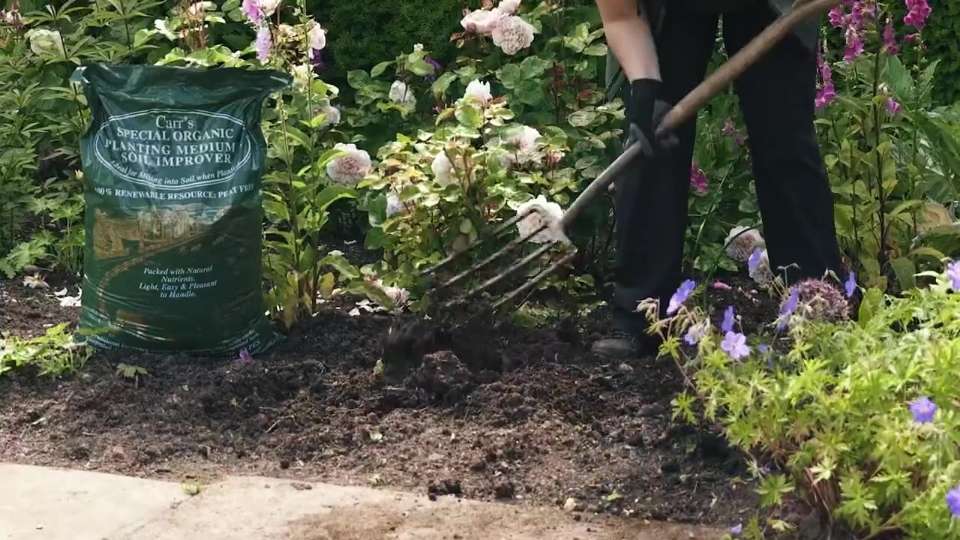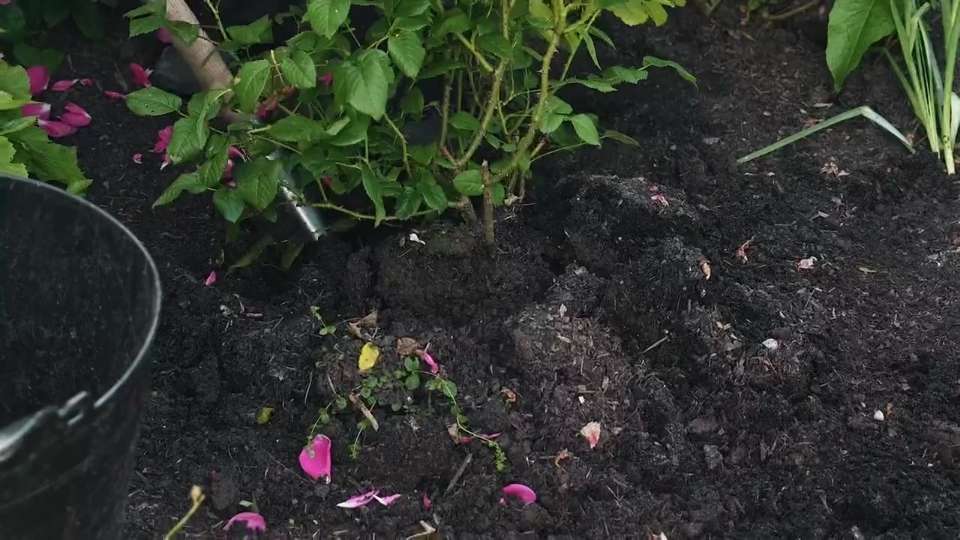How to successfully move an English rose: Key tips and common mistakes to avoid
Moving an English Rose is a delicate process, but with the right care, your rose will soon settle into its new home and continue to flourish. However, there are a few common pitfalls that can make the transition harder than it needs to be. By avoiding these mistakes and following some key steps, you can ensure your rose gets the best possible start in its new location.
Relocating your rose might be necessary for several reasons, such as improving drainage, increasing sunlight, or because the plant has outgrown its current space. Properly moving your rose can help it thrive in a more suitable environment and ensure its continued health and beauty.
If at all possible, wait until your rose is completely dormant before moving it. In the UK and Europe, this is usually between November and February, when the plant has stopped growing and shed its leaves. During dormancy, the rose is storing energy in its roots rather than putting effort into foliage and flowers, making it far less likely to suffer stress when being transplanted.
However, sometimes life doesn’t allow for the perfect timing. If you must move a rose during the growing season, be prepared for it to experience transplant shock. You may notice signs of stress such as wilting, yellowing leaves, or flowers failing to open. This can be alarming, but with careful handling, regular watering, and the use of liquid seaweed, your rose should recover within a couple of weeks.
Before you even think about digging up your rose, make sure its new home is ready. A well-prepared hole means the rose can go straight in with minimal disruption, reducing stress and helping it establish more quickly.
Even with the best intentions, certain mistakes can make transplanting far more stressful for your rose. Avoid these common pitfalls:
Don’t move a rose without preparing its new location first - This will leave the roots exposed for too long, increasing stress.
Don’t replant in the same soil without refreshing it - Old soil may lack nutrients and encourage disease. Always replace with fresh topsoil or compost.
Don’t forget to prune - Moving a full, leafy rose will put unnecessary strain on its roots. A light prune helps it recover more easily.
Don’t let the roots dry out - If you must move the rose on a warm day, keep the root ball moist throughout the process.
Don’t neglect watering, especially in summer - Newly transplanted roses need consistent moisture to re-establish.
Don’t panic if your rose wilts after moving - It’s normal for a rose to look unhappy at first. Keep up the watering and give it time to settle.
Once your rose is in place, the first few weeks are all about consistent care. Keep an eye on it, water regularly, and be patient. If it was moved during dormancy, you may not see much activity at first, but once spring arrives, fresh new shoots should appear.
For roses moved in summer, new growth should begin within a few weeks. If the rose looks distressed, a second dose of liquid seaweed and some gentle pruning can encourage recovery.
English Roses are remarkably resilient, and with a little care, they’ll soon settle into their new home and reward you with years of beautiful blooms. Whether you’re moving a rose to a sunnier spot, reshaping your garden, or giving a struggling plant a second chance, taking the time to do it right will make all the difference.











